
I recently met a woman named Dolores*, an older Hispanic woman, living in Queens, NY with her mother and teenage daughter. As the primary provider for her family, she had come to the organization…

I recently met a woman named Dolores*, an older Hispanic woman, living in Queens, NY with her mother and teenage daughter. As the primary provider for her family, she had come to the organization…

Leadership isn’t about a title or position — it’s about generosity, says organizational expert Joe Davis. Drawing on his extensive experience as a people manager, he shares three essential tips for leaders to unlock the potential of their teams by listening generously, embracing vulnerability and leading with humanity — and shows how it's possible to both earn trust and drive results.

A good first impression can make or break an opportunity or connection. Here's how to make an instant connection with anyone.

Studies of young children give us insight into the building blocks of an ability that most of us use every day
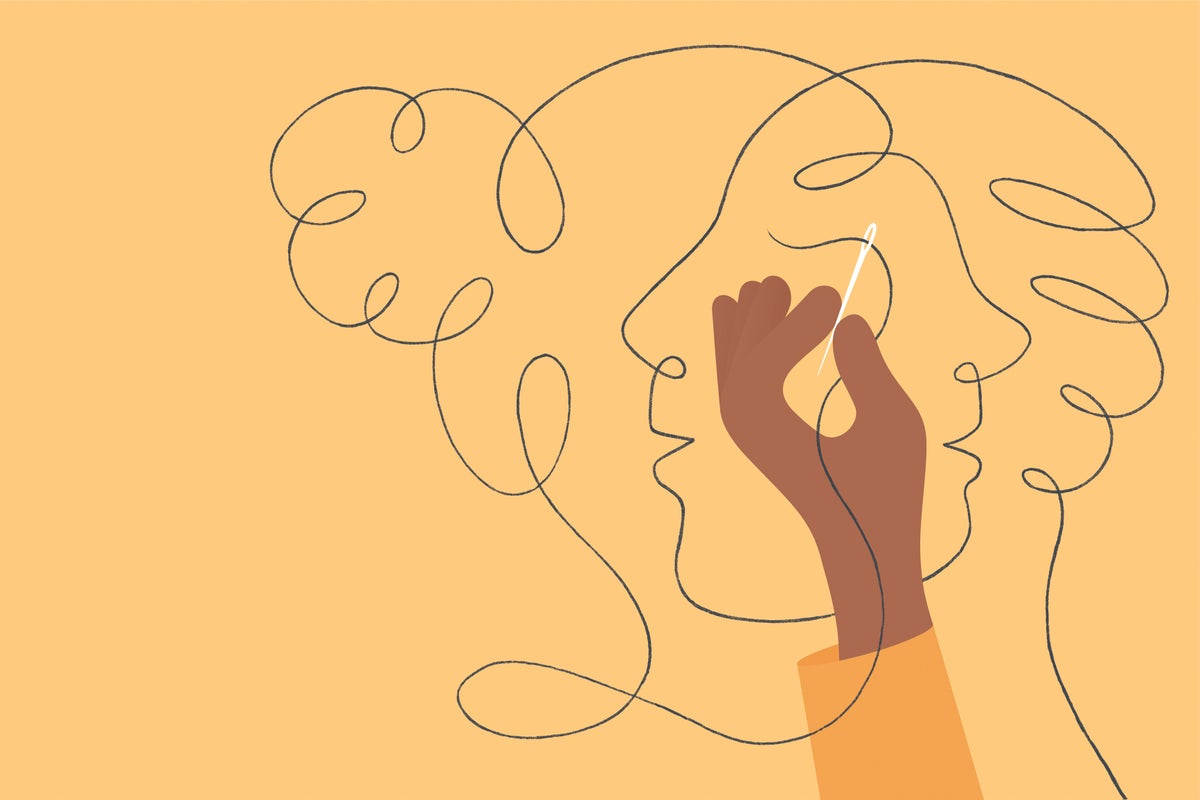
Research is revealing the key to motivating empathy—and making it stick
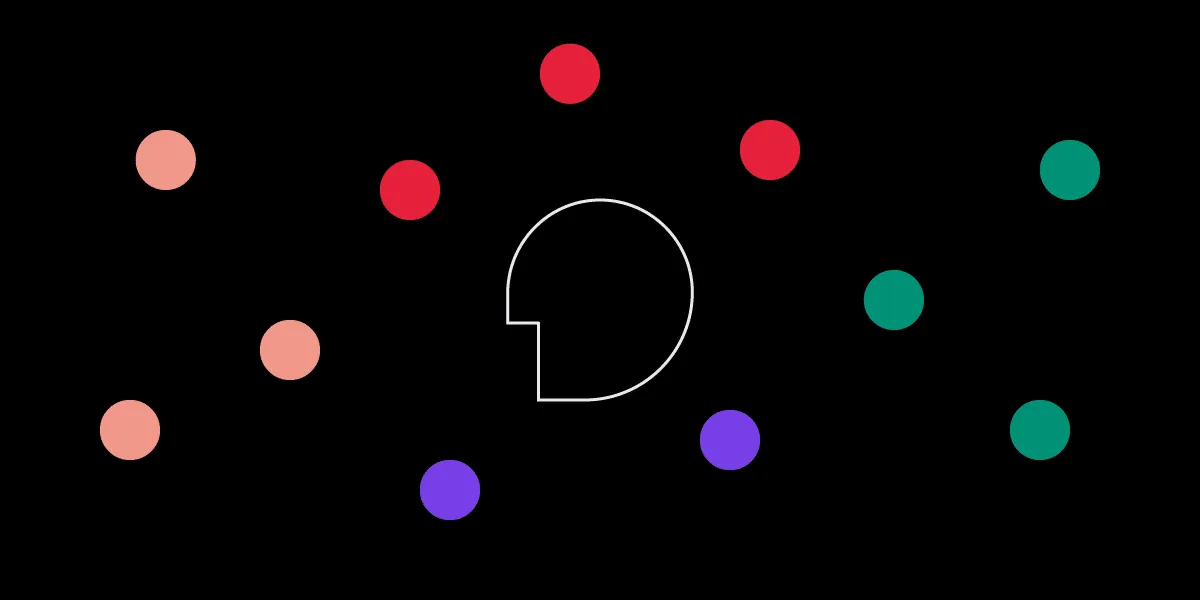
A step-by-step process to creating an empathy map as a lean user persona with examples from leading design tool - UXPin.
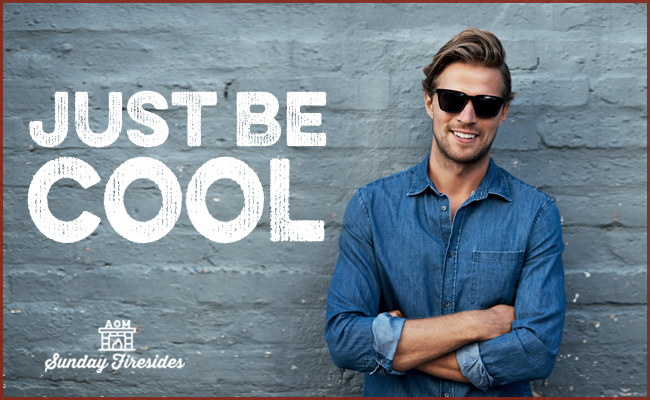
What does it mean to be cool? Philosophers have long pondered this burning question. There are different types of coolness, with some related to affect, style, or talent. But one type is connected to how we show up in relationships. It’s the type that underlies the feeling expressed when you think to tell someone (or […]

Empathy maps are a powerful, flexible tool that can be used to plan for future research studies, capture insights during current user research, and communicate research insights from research that has already been conducted to others.

The movie's screenwriter talks about the creation of the story's extraterrestrial language and the importance of communication.

The pandemic and other stressful events over the past few years have only made empathic communications even more desirable and necessary, especially as those expressions have become more virtual — including videos, social media posts, and emails. But just as each of us has varying levels of empathy, not every leader is equally empathic. So is a lack of natural empathy a showstopper when it comes to expressing and benefitting from empathic communications? No. The good news is that all leaders (even those who are not naturally empathic) can communicate messages of empathy as powerfully as they convey messages of unity and accountability. During challenging times, the most effective leadership communications are ones that deliver attention, acknowledge distress, demonstrate care, and — not necessarily at first, but eventually — take appropriate action to mitigate the situation or at least provide comfort. This article offers four touchpoints to focus on in your communications.

Today’s hustle culture claims “unearned” pleasure is shameful. But there are ways to resist this cultural response.

Have you ever gotten into a heated argument about politics? Maybe you’ve said something you're not proud of during game night with friends, or booed the opposing team at a sporting event. Psychologist Mina Cikara studies what happens in these moments — when our mindset shifts from “you and me” to “us and them.” This week on the show, Mina shares the profound ways that becoming a part of a group shapes our thoughts, feelings and behaviors.

Opening doors for other people is a critical concept to understand in life. Read this article to learn more about how to show people that you care.

"Empathy is something like a muscle: left unused, it atrophies; put to work, it grows."

Whether you want to find joy in your body, or just greater self-acceptance, these four strategies from psychologists and activists — and, yes, nudists — might help.

We may have learned that we need to let people speak without interrupting but taking turns talking does not truly denote listening. And unintentionally hijacking conversations to advise, inject humor, empathize, prioritize efficiency, or insert ourselves into the speaker’s narrative is often done with good intentions, but may instead disrupt the human connection we think we’re forging. Recognizing when to shift out of our habitual styles and consciously apply alternative styles of listening and responding may allow for more effective and meaningful interactions.

Learn the street epistemology conversation technique and how you can apply it at work.

Regret is often seen as undesirable, but it’s a crucial emotion in helping us develop. How do we harness its powerful lessons?
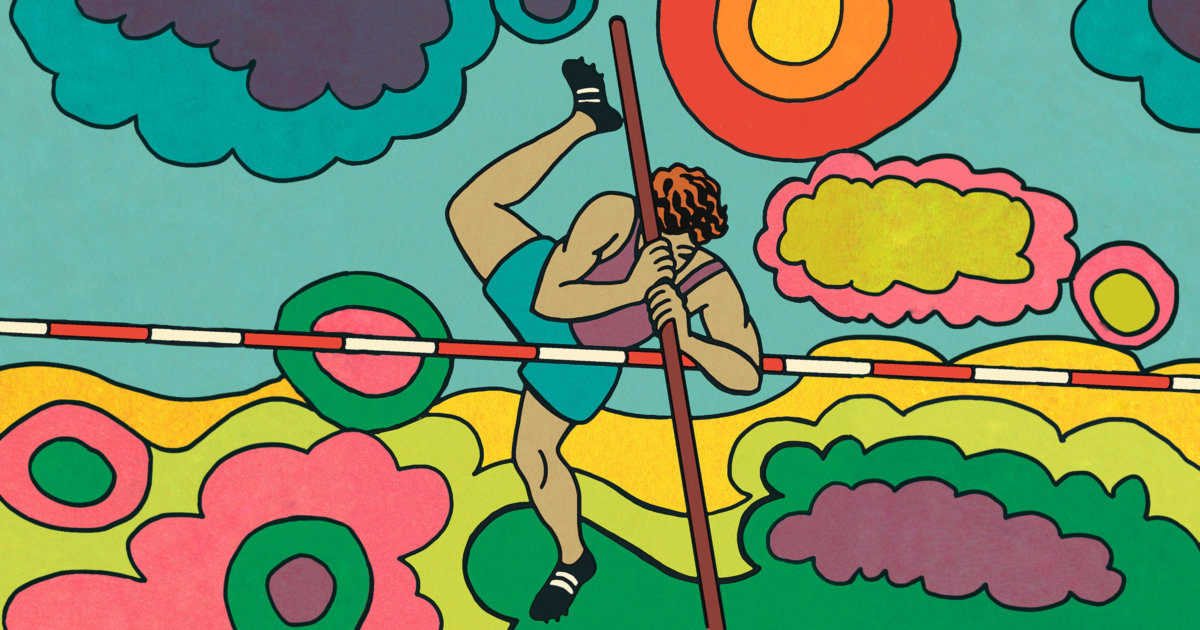
Employee well-being and happiness are surprisingly powerful predictors of performance.
:extract_focal()/https%3A%2F%2Fwww.stylist.co.uk%2Fimages%2Fapp%2Fuploads%2F2020%2F09%2F07181934%2Frelationship-advice-1680x1120.jpg%3Fw%3D1200%26h%3D1%26fit%3Dmax%26auto%3Dformat%252Ccompress)
Here’s how to recognize its damaging effects.

The majority of UX professionals practice sympathy instead of empathy for their users.

Personality traits such as agreeableness and openness to experience can help explain differences in moral judgment
:extract_focal()/https%3A%2F%2Fpocket-syndicated-images.s3.amazonaws.com%2Farticles%2F5992%2F1611598543_GettyImages-103462741.jpg)
Fans of this violent music report feelings of transcendence and positive emotions; psychologists want to learn why.
[vc_row type=”full_width_background” full_screen_row_position=”middle” column_margin=”default” column_direction=”default” column_direction_tablet=”default” column_direction_phone=”default” scene_position=”center” top_padding=”48″ text_color=”dark” text_align=”left” row_border_radius=”none” row_border_radius_applies=”bg” overflow=”visible” overlay_strength=”0.3″ gradient_direction=”left_to_right” shape_divider_position=”bottom” bg_image_animation=”none”][vc_column column_padding=”no-extra-padding” column_padding_tablet=”inherit” column_padding_phone=”inherit” column_padding_position=”all” column_element_direction_desktop=”default” column_element_spacing=”default” desktop_text_alignment=”default” tablet_text_alignment=”default” phone_text_alignment=”default” background_color_opacity=”1″ background_hover_color_opacity=”1″ column_backdrop_filter=”none” column_shadow=”none” column_border_radius=”none” column_link_target=”_self” column_position=”default” gradient_direction=”left_to_right” overlay_strength=”0.3″ width=”1/1″ tablet_width_inherit=”default” animation_type=”default” bg_image_animation=”none” border_type=”simple” column_border_width=”none” column_border_style=”solid”][vc_column_text] Interpersonal Reactivity...
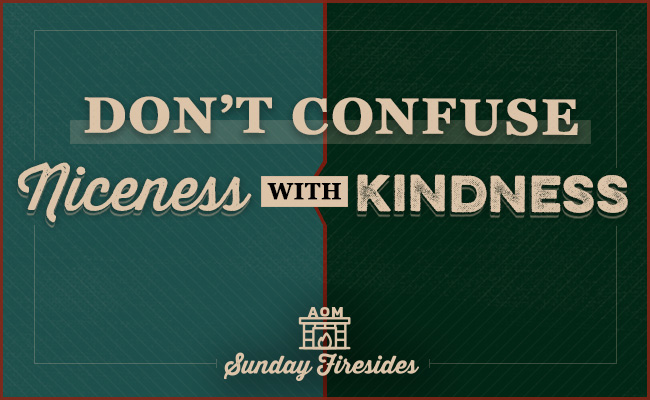
We often use the words “nice” and “kind” synonymously. But it can be helpful to distinguish between the two qualities, as Eric Kapitulik, Marine special operator and leadership coach, does. Being nice means making people feel good in the short-term. Behaving politely. Offering a smile and a pat on the back. Exchanging pleasantries. Avoiding arguments. […]